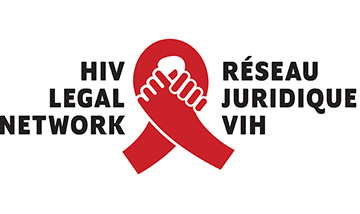Shelters are more than temporary accommodation. They are essential services. They represent a safe space and a lifeline for many — and especially people who use drugs, who are overrepresented among people who are homeless and grappling with Canada’s toxic drug crisis. Shelters often connect people to vital services that are otherwise out of reach, including healthcare. Without access to shelter, for example, people are significantly less likely to access or remain on HIV treatment than people with housing. In short, shelters protect the health and well-being of those who need them. In doing so, they also reduce strain on public healthcare systems.
In 2024, the HIV Legal Network met with low-barrier shelters across Canada. We met with front-line staff, directors, and peers from emergency shelters, homeless shelters, and transition houses. We wanted to understand how these organizations work to promote the rights and health of people who use drugs. We also conducted a policy scan, obtained through direct government contact, online searches, and access to information requests, to understand how Canadian jurisdictions promote shelter accessibility.
Today, most shelters in Canada are failing to serve people who use drugs. Some provincial and territorial governments have begun to recognize these gaps and are requiring shelters to be more accessible. However, many other governments are moving in the opposite direction, imposing greater restrictions on the rights of people who use drugs and forcing them to live in harsh and life-threatening conditions.
This report is a synthesis of the Legal Network’s conversations with low-barrier shelters and findings from research. It is an urgent call to all levels of government to reimagine shelter access for people who use drugs in Canada — to finally meet their needs and protect their rights.
